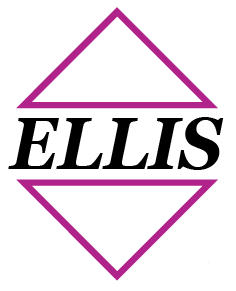Harness Maintenance
Harnesses are a critical component of personal fall protection and offer comfort and confidence when working from heights. They come in numerous general varieties that are used in various applications, including:
- Fall Arrest
- Positioning
- Confined Space Rescue
- Ladder Climbing Devices
- Descent and Suspension
Full-body harnesses work by distributing fall forces across the shoulders, thighs, chest, and pelvis through the straps. The harness straps feature means of attaching it to other components of a personal fall arrest system, like a lanyard, via dorsal D-rings. It is crucial to keep and maintain harnesses in proper working order. Doing so could be the difference between a safe day at work or becoming injured due to personal fall protection equipment failure.
For this reason, it is vital to perform regular inspections. Personal fall protection inspections can include:
- Harnesses
- Lanyards
- SRL Retractables
A safety harness inspection should be conducted every time before donning a harness. A complete fall protection harness inspection involves ensuring the labeling, webbing, stitching, D-rings, lanyards, and snap hooks are in good working order.
Safety Harness Inspection Guidelines
When completing a fall protection harness inspection, a common place to start is the manufacturer’s tag. The tag must be legible and clear to be able to read the following:
- Manufacturer’s name
- Unique serial number (this has to be traceable back to the manufacturer and all the materials used to make the harness)
- The model number
- Sizing
- Date of manufacture
If the manufacturer tag is legible, inspectors will then move on to the “hand-over-hand” inspection, where they will check the webbing, buckles, D-rings, grommets, rivets, straps, snap hooks, latches, and locking mechanisms for structural integrity. The following will disqualify a harness from service:
- Deformities, corrosion, or cracks on D-ring or fasteners
- Grommets not secure, missing, or bent
- Loose or damaged mountings
- Loose or frayed stitching
- Worn or damaged fabric
- Foreign objects adhered to fabric
- UV or chemical damage
- Contact with corrosives or flames
- Weld splatter
- Cuts or holes
- Crushing or knots
Additional Safety Harness Inspection Factors to Consider
Under no circumstances should any user punch extra holes in a harness leg strap or reduce it from its manufactured length. Additionally, if the user can only pull the webbing through the buckle to the first grommet, a larger belt should be requested. It is crucial to note that friction buckles can loosen over time unless webbings remain taut. Tongue buckles can come undone if excess webbing is not held securely due to snagging. In addition, tongue buckles can uncouple if they are loose (especially on harnesses), therefore, users must inspect their harnesses closely before each use.
Why Partner With Ellis Fall Safety Solutions?
At EFSS, our team can assist with several critical fall prevention areas to make your workplace safer, including harness maintenance. Our company is comprised of fall safety professionals experienced in all facets of protection engineering, with a centralized focus on developing safety solutions that aid our students in learning the best safety methods and preventative steps needed when working from heights. Whether you are interested in having us evaluate your worksite or have questions about harness maintenance, you can contact us today at 302-571-8470.

